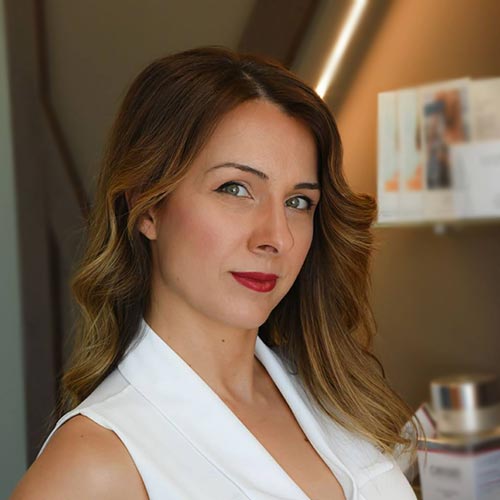The Institute Euphoria center was designed to create a carefully-studied discreet luxury space that hosts deservedly aesthetic medicine superior service. Beginning from the outside and the reception area, the visitor realizes that this is a project with a strong character and attention to detail. The initially single, ground floor space was properly suited to accommodate the needs of an institute with four grooming spaces.
Important factors that influenced the design were the functionality and practicality issues combined with the aesthetics requirements of the owner and the appropriate choices of materials and techniques for the specific professional space. Fidelity and linearity both in decoration elements and in lighting serve the desired contemporary style. Earth tones along with lighting techniques contribute to the spirit of tranquility that fits perfectly into a place of beauty and beauty.
Particular importance was given to the comfort and enjoyment of the client as the treatments require a period of time in the room. Of course the environment was considered important to promote well-being and every detail was designed with care so that the result inspires feelings of well-being and quality of life.
Marina Blioura – Architect
www.blioura.gr
The Euphoria Center Institute is staffed by professionals with years of experience who continuously enrich their knowledge with seminars and invest in new, innovative methods providing the ultimate aesthetic services.

The owner of the space and aesthetist Christina Blioura-Tamvakologou is a graduate of the Department of Aesthetics of ATEITH. She attended an annual professional makeup seminar at N&n Zerva School and then went to study at Malu Wilz School in Aachen, Germany for a seminar on bridal makeup. She worked for a long time as a make-up artist in professional photography with well-known photographers from Thessaloniki.
Also, at the Natural Health Science Alternative Therapy School in Athens, she attended Lymphatic Massage, Aromatherapy and Rejuvance Seminars. After graduation she began her own field in Veria, which she retained for 12 years until she came to Ioannina.
Today with the same love for aesthetics, with experience and knowledge that is constantly growing, it opens a separate place in Ioannina and awaits you to take together this wonderful trip to beauty with the help of “aesthetic medicine”.